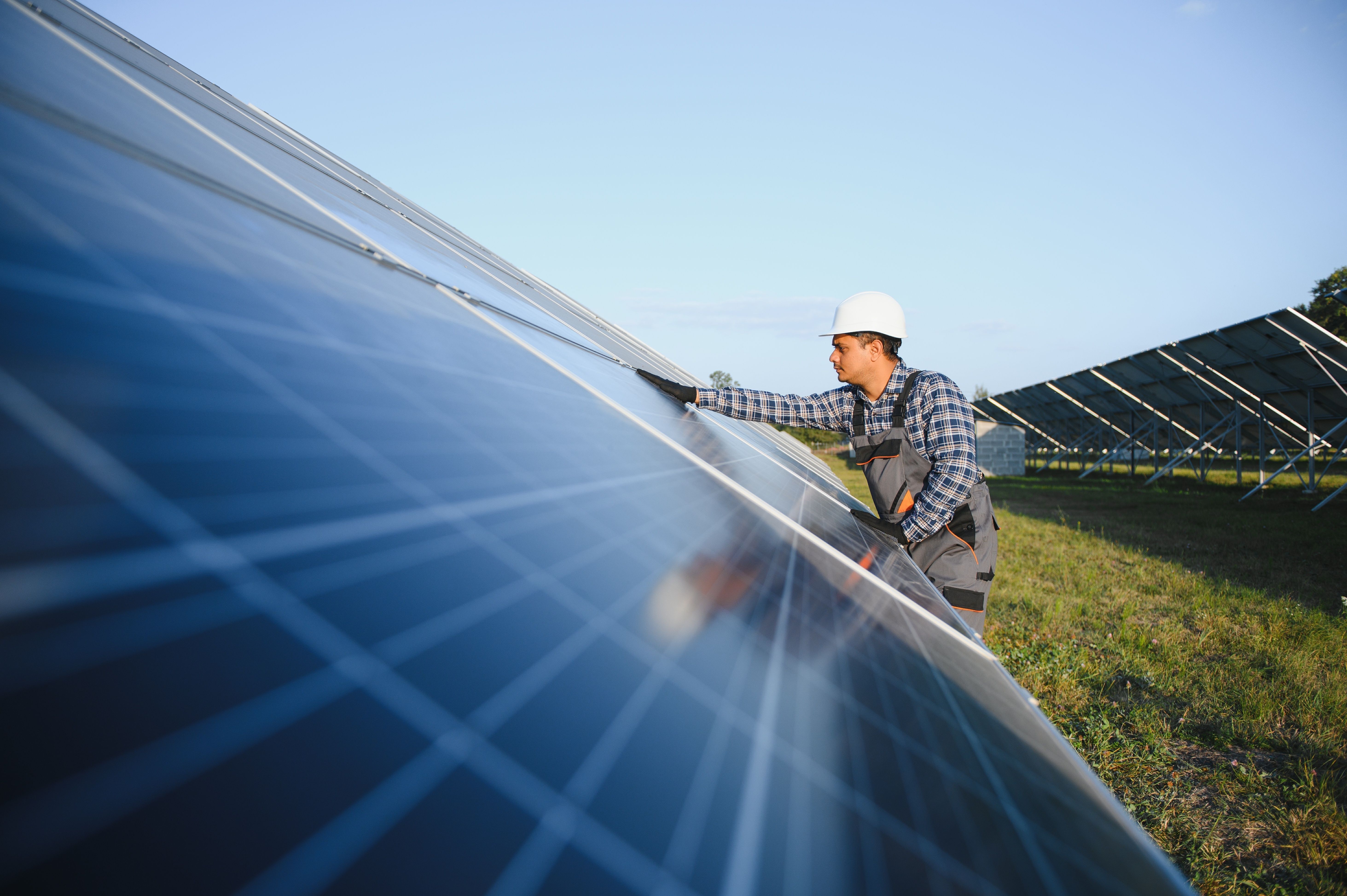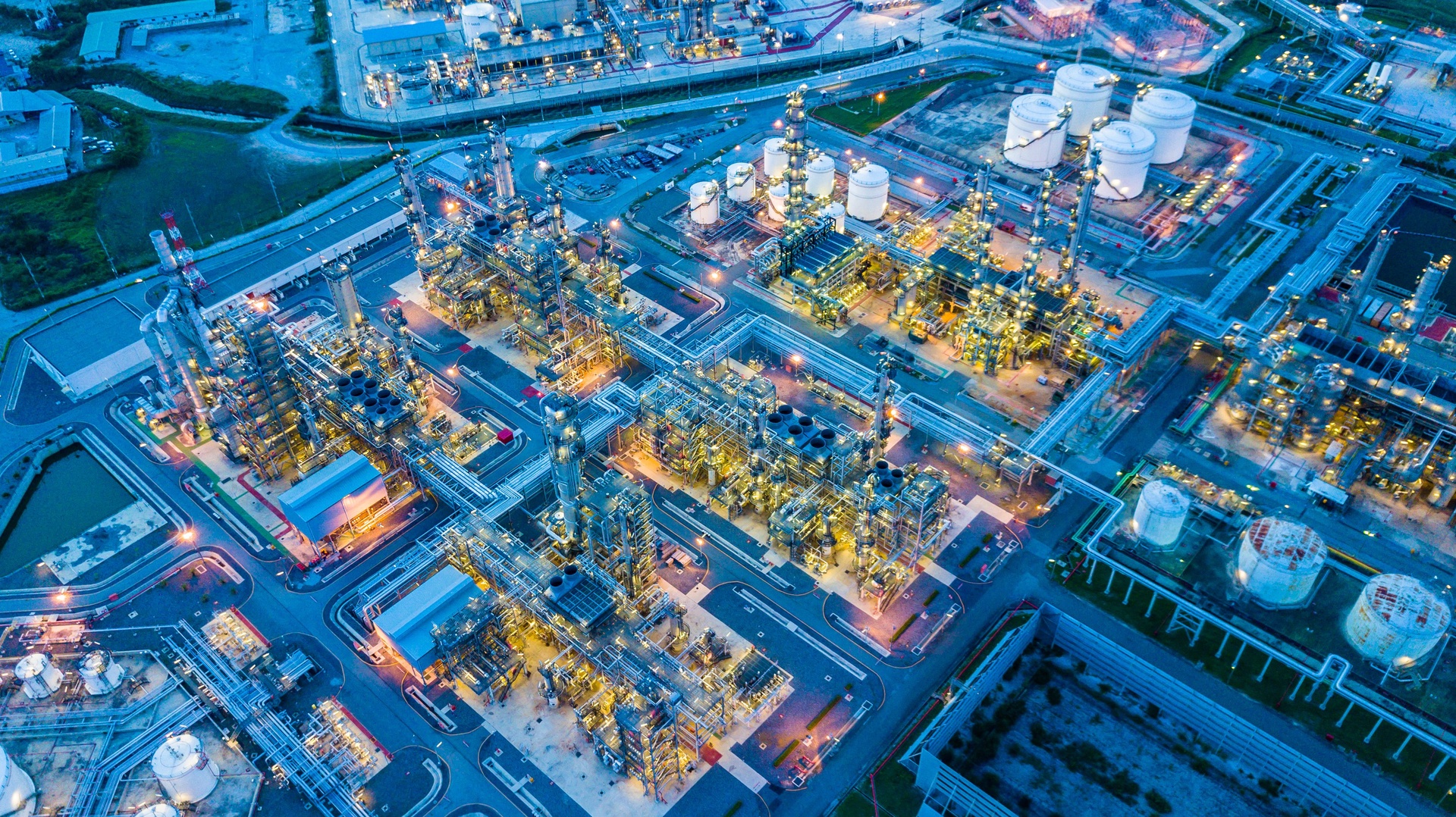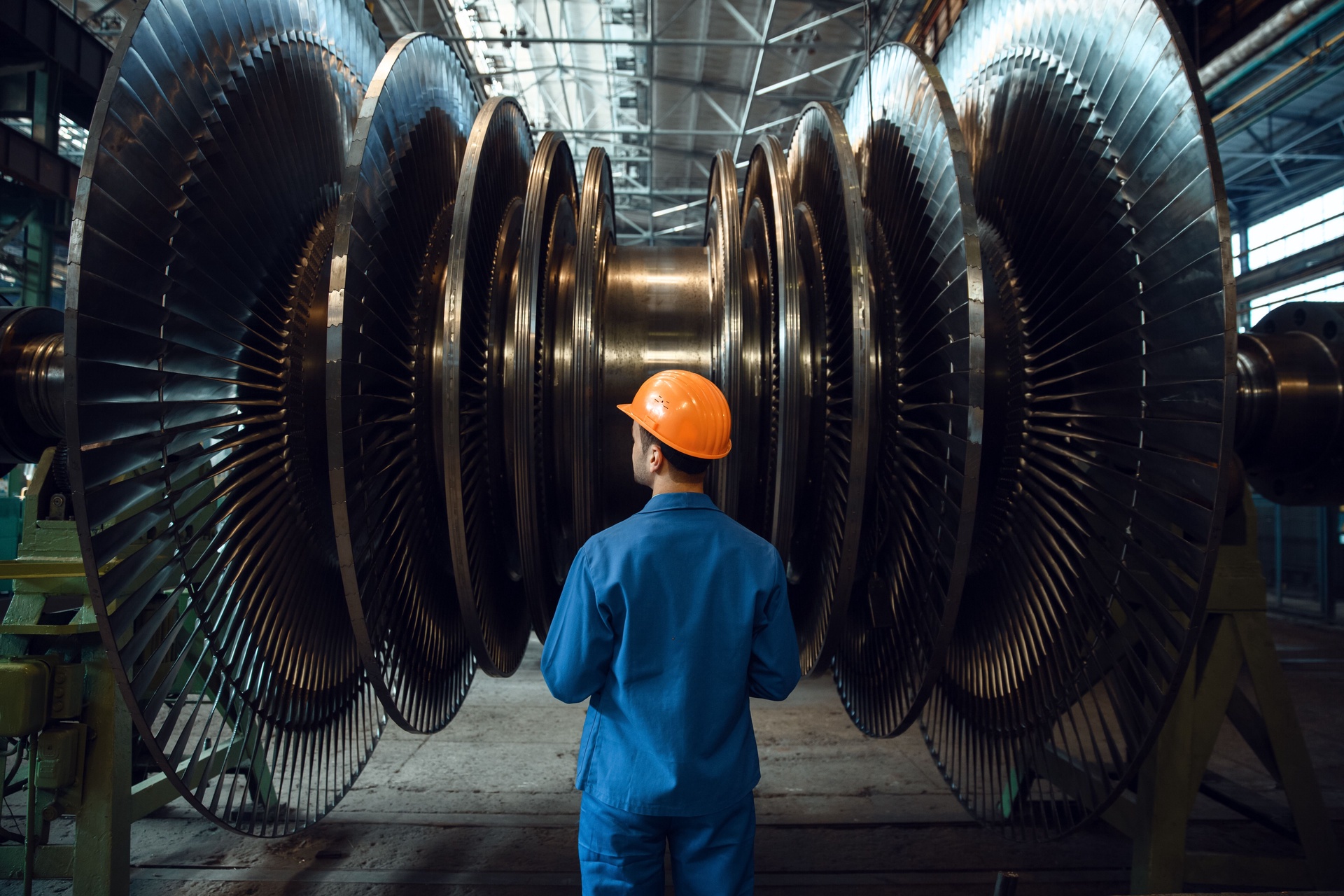Germany inaugurated its first floating terminal for importing liquefied natural gas in Wilhelmshaven, a coastal town in Lower Saxony, on December 17, in a move aimed at bolstering the country’s energy security.
German Chancellor Olaf Scholz officiated the opening of the site, along with minister-president of Lower Saxony Stephan Weil, German minister for economic affairs Robert Habeck, and federal minister of finance Christian Lindner. German energy company Uniper will operate the terminal.
Höegh Esperanza, a floating storage and regasification unit (FSRU) owned by Norwegian company Höegh LNG, arrived two days earlier at the Umschlaganlage Vosslapper Groden (UVG) cargo handling facility in Wilhelmshaven. The 170,000 cubic metre FSRU had been loaded with LNG before leaving Spain. It will now be permanently moored in Wilhelmshaven, taking deliveries from LNG carriers and regasifying them to feed into the German pipeline network.
The FSRU was previously on a time charter with CNOOC Gas & Power Trading and Marketing Limited, and was used at the Tianjin LNG terminal in China.
Germany is also putting in place two other FRSUs in the first quarter of 2023.
Time pressure
An annual volume of at least 5 billion cubic metres of LNG is expected to be imported and fed into the German long-distance gas grid via the LNG terminal in Wilhelmshaven. This represents 6% of Germany‘s gas consumption, replacing 11% of its gas imports from Russia.
The project, which started in March 2022, was developed under immense time pressure. The numerous approval documents were prepared in the spring, construction began with the first pile-driver put to work on May 5, the FSRU was chartered in July, the laying of pipes for the connection pipeline started in August, and the port jetty was completed in November.
“The record implementation was only made possible through tight collaboration between politics, authorities, and companies,” Uniper says.
The project involved some 1,000 people and the processing of more than 3,500 pages of application documents. Some 14,000 metric tonnes of steel and 1,500 tonnes of custom-fabricated steel pipe were installed and 3,000 cubic metres of concrete were poured.
For the foundation of the jetty, a total of 194 pylons were impact-driven into the ground to give the structure the necessary stability. A total of nine semi-finished concrete components were prefabricated and towed by sea on a pontoon to the construction site.
Coal power plants
Uniper itself has been hit hard by the cessation of the supply of Russian piped gas to Germany, and has been rescued with the help of state aid.
On December 22 Uniper announced that it is extending the market operation of the Heyden 4 and Staudinger 5 coal-fired power plants until March 31 2024 at the latest.
The measure has been taken under Germany’s Substitute Power Plants Maintenance Act (EKBG), which stipulates that plants earlier retired under the country’s coal phaseout scheme, can re-enter the power market for a limited period.








